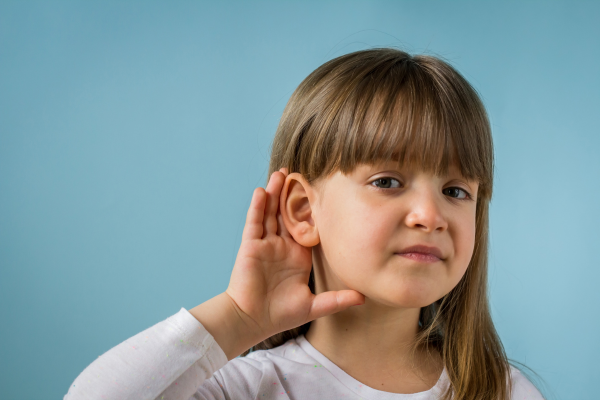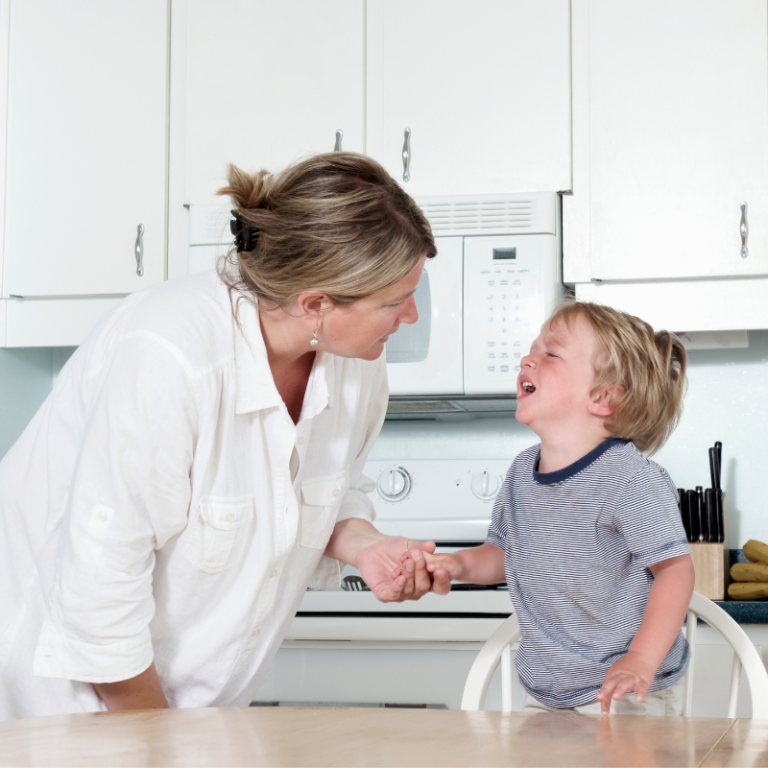Our hearing plays an important role in our development as children. It helps with communication, social skills, and academic performance. This is why it’s important to keep an eye on your children’s hearing ability and have any suspected hearing loss inspected. Some children are born with hearing loss (congenital), and others develop it over time (acquired) with varying levels of severity. Read on to learn more about hearing loss in children, the diagnosis process, and how it can be treated.




